Did you know your running performance can be negatively impacted by up to 20%, even if you are dehydrated by as little as 2% of your body weight? So, how well you hydrate yourself could determine whether you achieve your next PR. When it comes to running, water is the fuel that keeps your body working at optimum capacity, so it’s essential to understand why hydration is important and how best to hydrate yourself.
Understanding the Importance of Hydration for Runners
Like many cardio exercises, running generates heat and increases your body temperature. To keep the core temperature around an optimal 98.6°F, the body reacts by sweating. As you lose water and electrolytes by sweating, your body temperature rises, blood volume decreases, and heart rate increases. This causes fatigue, which in turn can impair your running performance. Losing electrolytes can lead to muscle cramps and tissue damage. Prolonged dehydration could lead to dizziness and even impaired cognition. Since your organs and muscles work harder than usual when dehydrated, recovery is slower and longer.
How Can a Smart Water Bottle Help Keep Track of Your Hydration
While many runners focus a lot of time and effort on running strategies and competition training plans, they can often overlook the need to have a hydration plan in place. HidrateSpark makes it easier to stay hydrated, allowing your body to perform at its optimum level.
- Hydration Tracker – The HidrateSpark app provides a user-friendly interface that allows you to set personalized hydration goals based on various parameters, including activity level, climate, and body metrics such as weight and age. The SipSense technology makes it easy to track your water intake.
- Customizable Reminders – The HidrateSpark App makes it easy to create a personalized schedule, while the HidrateSpark smart water bottles provide glow reminders that prompt you to meet your hydration goals throughout the day.
- Range of Colors and Sizes – The HidrateSpark bottles come in a range of colors to suit your style and a variety of sizes to suit your activity levels and hydration needs.
Hydration Strategies for Different Running Conditions
- Hydration in hot and humid conditions – Running in hot and humid weather can make you sweat more, which in turn causes you to lose water and electrolytes. Start your run during the cooler hours and avoid running when the heat and humidity levels are peaking. Keep your body well hydrated by drinking water before the run and taking sips every ten minutes or so. If you plan on running more than 10 miles, ensure you also care for your electrolyte needs.
- Hydration needs for long-distance runs and races – If you are running a long-distance race, you must have a well-thought-out hydration plan. Start your run well-hydrated and drink 5-12 ounces of fluids every 15-20 minutes. Maintain electrolyte balance by adding electrolyte tablets or sipping on sports drinks. Be in tune with your body’s signals and respond to them appropriately. Once you finish your long-distance run, replenish the fluids you lost within one to four hours.
- Hydration requirements for high-altitude running – Adequate hydration becomes even more critical when running in higher altitudes. The role of water, in higher altitudes, is not just to hydrate but also to provide more oxygen for your lungs to breathe. Additionally, runners will have to replace electrolytes, and not doing so can result in headaches, nausea, and disorientation. The general rule is to take 250 mg of sodium per hour during a run at 5,000 to 12,000 feet and increase the dosage to 500 mg per hour of exercise at 12,000 and above feet. Runners must also acclimate to higher altitudes before setting off on long-distance runs.
Knowledge is power! Find out how the HidrateSpark App and smart bottle can help you achieve your hydration goals and prepare your body to perform at its best.
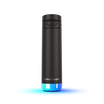

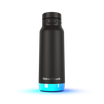
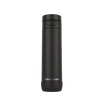
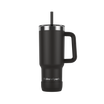
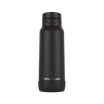
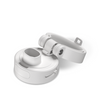
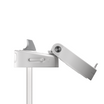


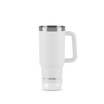
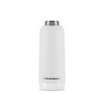
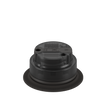
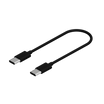

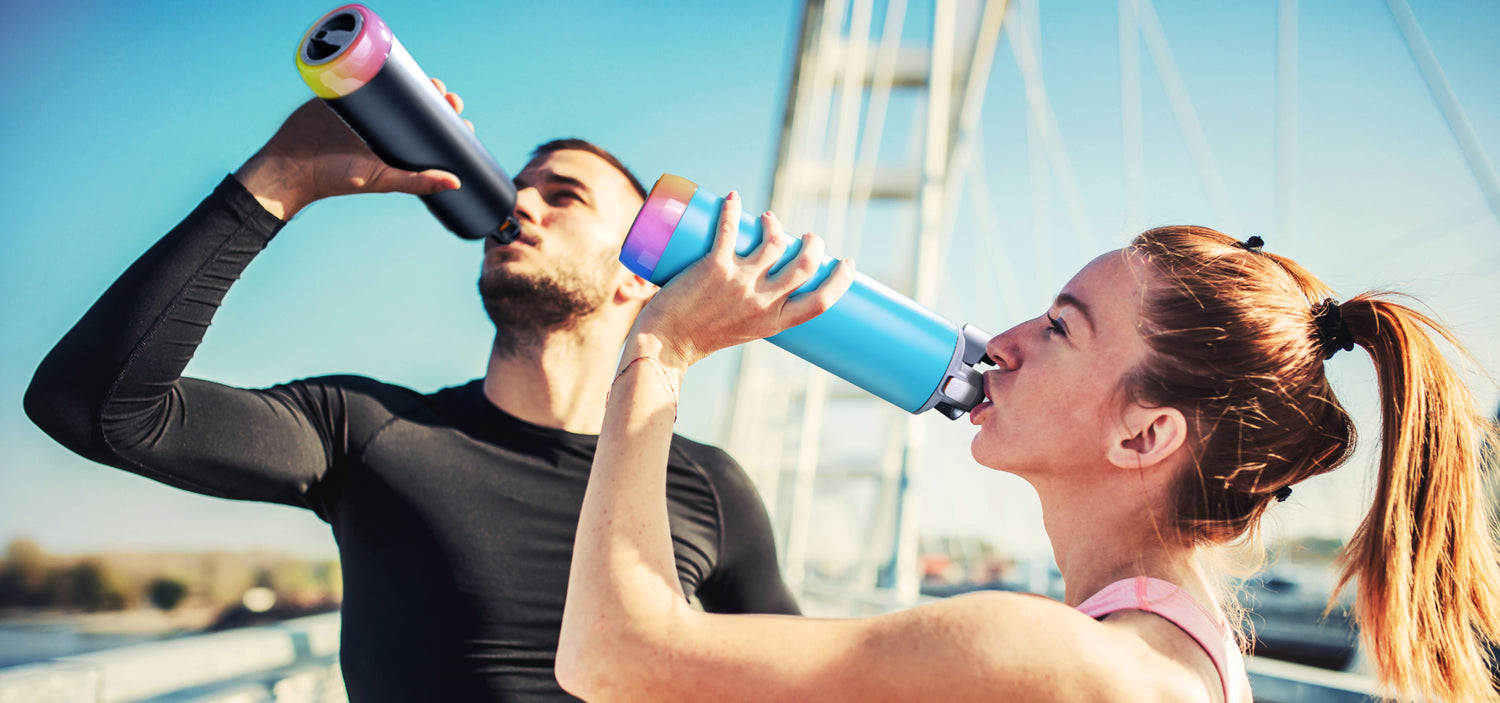


Leave a comment
This site is protected by hCaptcha and the hCaptcha Privacy Policy and Terms of Service apply.